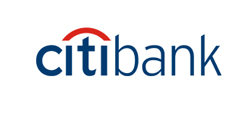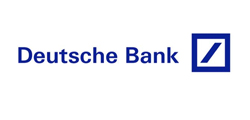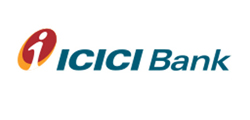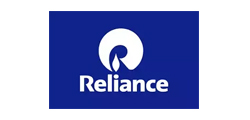
Mutual Fund, in simple terms. It is large fund made up of small amount invested by many investors. It is mainly invested in securities like stocks, bonds, money market instruments and other assets. Mutual Funds are operated and managed by professional fund managers. Fund managers invest the fund in maintain and structure the mutual fund to gain profit/income for the small investors.
Based on the invested securities mutual funds are differentiated as below:
These funds invest in short-term fixed income securities such as government bonds, treasury bills, bankers’ acceptances, commercial paper and certificates of deposit. They are generally a safer investment, but with a lower potential return then other types of mutual funds. Canadian money market funds try to keep their net asset value (NAV) stable.
These funds buy investments that pay a fixed rate of return like government bonds, investment-grade corporate bonds and high-yield corporate bonds. They aim to have money coming into the fund on a regular basis, mostly through interest that the fund earns. High-yield corporate bond funds are generally riskier than funds that hold government and investment-grade bonds. This is the reason these funds are considered as very low risk investment options.
These funds invest in stocks. These funds aim to grow faster than money market or fixed income funds, so there is usually a higher risk that you could lose money. You can choose from different types of equity funds including those that specialize in growth stocks (which don’t usually pay dividends), income funds (which hold stocks that pay large dividends), value stocks, large-cap stocks, mid-cap stocks, small-cap stocks, or combinations of these.
These funds invest in a mix of equities and fixed income securities. They try to balance the aim of achieving higher returns against the risk of losing money. Most of these funds follow a formula to split money among the different types of investments. They tend to have more risk than fixed income funds, but less risk than pure equity funds. Aggressive funds hold more equities and fewer bonds, while conservative funds hold fewer equities relative to bonds.
These funds aim to track the performance of a specific index such as the Nifty 50 Index. The value of the mutual fund will go up or down as the index goes up or down. Index funds typically have lower costs than actively managed mutual funds because the portfolio manager doesn’t have to do as much research or make as many investment decisions. For example, investing in the stocks which represent the Nifty 50 Index.
These funds focus on specialized mandates such as real estate, commodities or socially responsible investing. For example, a socially responsible fund may invest in companies that support environmental stewardship, human rights and diversity, and may avoid companies involved in alcohol, tobacco, gambling, weapons and the military.
These funds invest in other funds. Similar to balanced funds, they try to make asset allocation and diversification easier for the investor. The Management Expense Ratio (MER) for fund-of-funds tend to be higher than stand-alone mutual funds.
These funds invest in equity market. All the investments made into these funds are eligible for tax benefits under Income Tax Act. Often these funds are high risk funds, but if the performance comes well the returns derived from these funds are also high.








